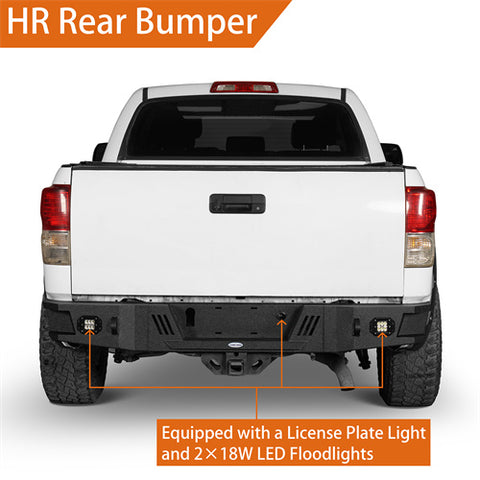Car headlights are an essential component of any vehicle, providing illumination for drivers not only during nighttime but also in adverse weather conditions. Over the years, automotive lighting technology has evolved, giving rise to various types of headlights that cater to different needs and preferences. In this blog post, we will explore the different types of car headlights, from traditional options to modern advancements, and shed light on their features and benefits.
1. Traditional Headlights
Halogen Headlights: These headlights utilize halogen bulbs, which produce a bright, yellowish light. They are cost-effective and widely used in older car models. However, they are less energy-efficient compared to newer options.
2. Modern Headlights
- High-Intensity Discharge (HID) or Xenon Headlights: HID headlights employ gas discharge technology to create an intense, bluish-white light. They offer enhanced visibility and longer lifespan compared to halogen headlights. Moreover, HID headlights consume less power while delivering brighter illumination.
- LED Headlights: Light Emitting Diode (LED) headlights have gained popularity in recent years due to their numerous advantages. LED headlights are highly energy-efficient, produce a bright, clear light output, and have a longer lifespan than both halogen and HID headlights. They also offer flexibility in terms of design and can be integrated into various headlight shapes and sizes.

3. Auxiliary Lights
- Fog Lights: Fog lights are designed to cut through dense fog, rain, or snow, improving visibility in adverse weather conditions. They emit a wide, low beam pattern that minimizes glare and enhances the driver's ability to see the road ahead.
- Daytime Running Lights (DRL): DRLs are low-intensity lights that automatically switch on when the vehicle is running. They increase the visibility of the vehicle during daylight hours, improving safety by making it more noticeable to other road users.
- Turn Signals: Turn signals, also known as blinkers or indicators, are used to indicate the intention of a driver to turn or change lanes. They emit a blinking light, usually amber or yellow in color, to alert nearby drivers and pedestrians.

4. Special Purpose Lights
- Auxiliary Lights: Auxiliary lights include spotlights, floodlights, light bars, and work lights. These lights are commonly used in off-road vehicles, emergency vehicles, or for specific tasks that require additional illumination. They provide focused or wide-angle lighting, depending on the purpose.
- Reverse Lights: Reverse lights are activated when the driver shifts into the reverse gear. They illuminate the area at the rear of the vehicle, aiding in safe maneuvering and alerting others of the vehicle's movement.
- Rock Lights: Rock lights are typically installed underneath the vehicle and are primarily used for off-roading purposes. They provide ground illumination, enhancing visibility in dark or rugged terrain.
- Accent Lights: Accent lights are decorative lights that add a touch of style and personalization to the vehicle's exterior. They are available in various colors and are often used for aesthetic purposes.
Conclusion
From traditional halogen headlights to modern HID, LED, and auxiliary lights, the world of automotive lighting has witnessed remarkable advancements. Each type of car headlight offers its unique features and benefits, ranging from improved visibility, energy efficiency, and durability to enhanced safety and aesthetics. As technology continues to evolve, we can anticipate further innovations in car lighting, ensuring that drivers can enjoy safer and more enjoyable journeys on the road ahead.

